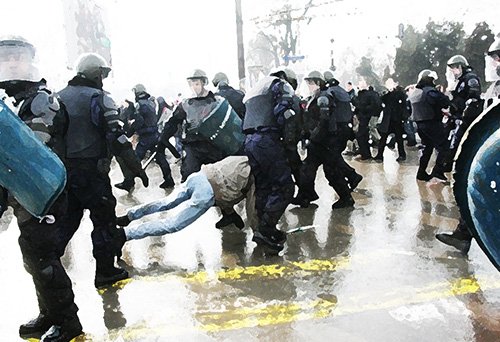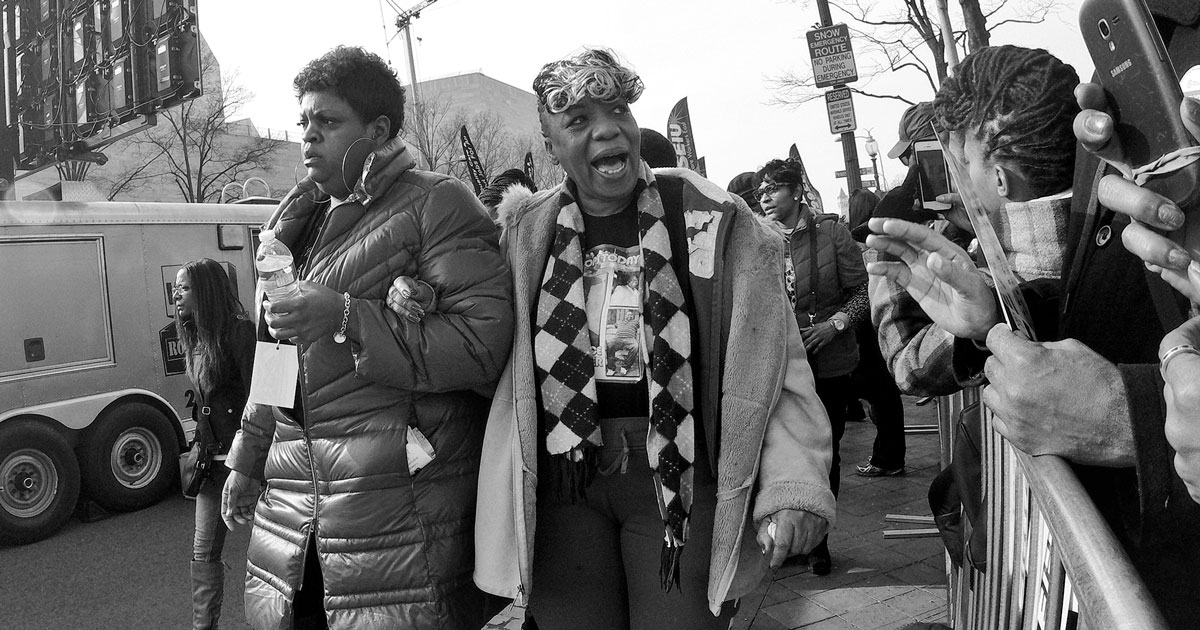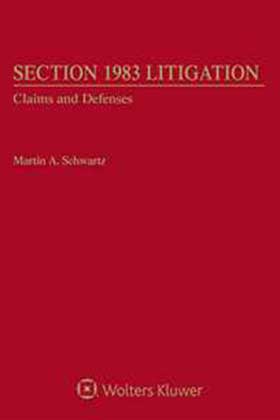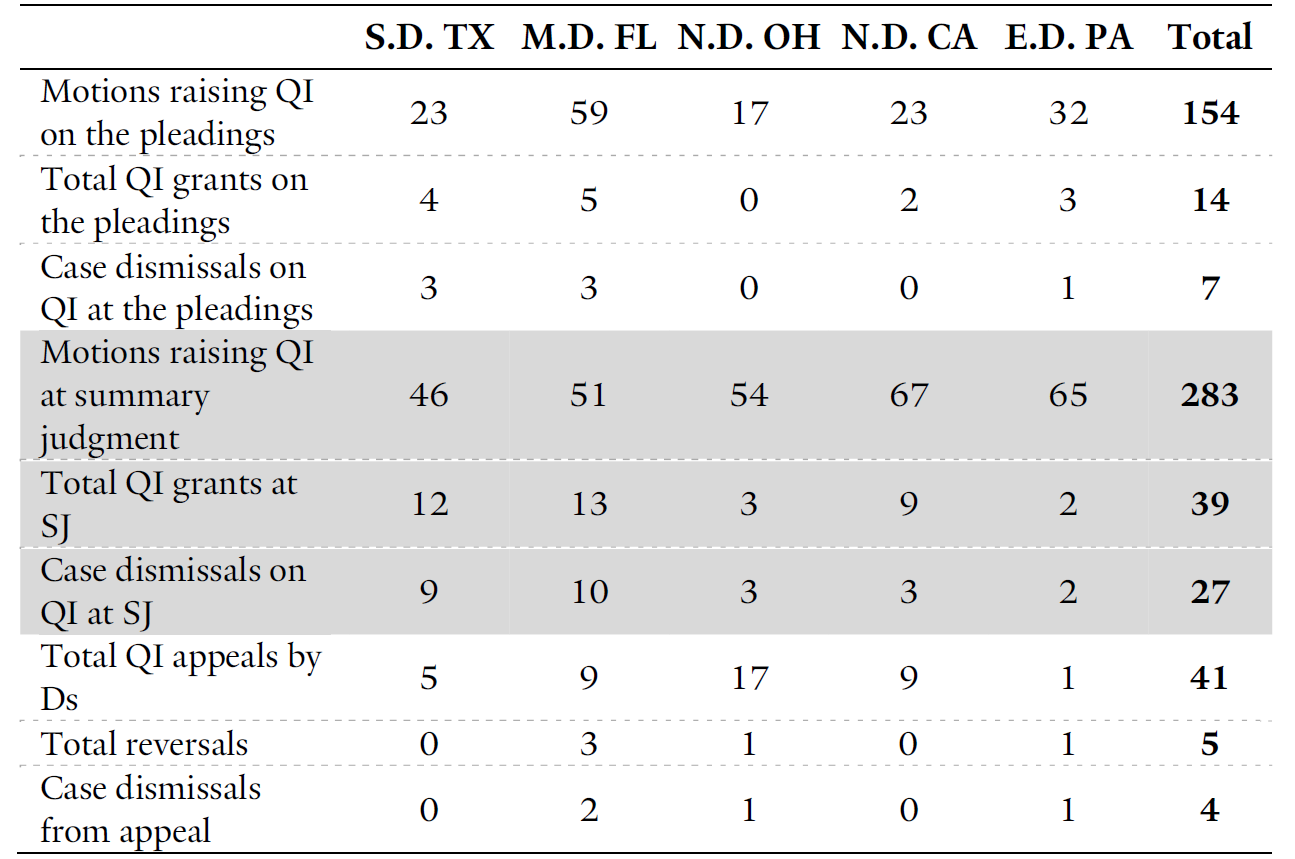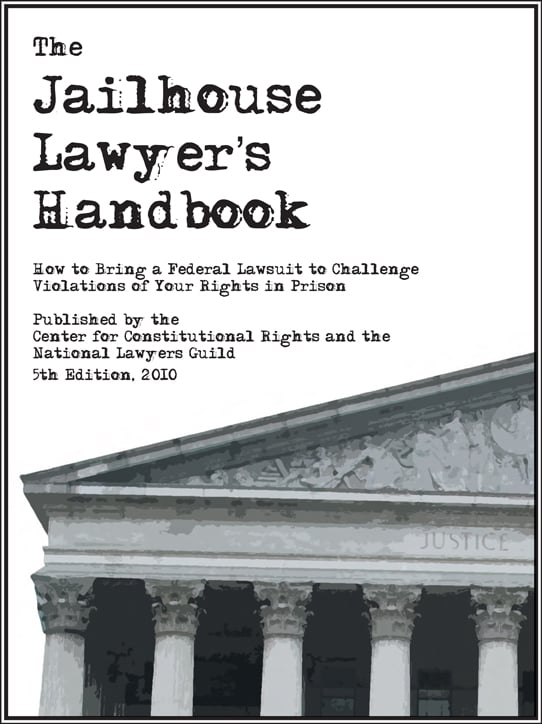Section 1983 Suit

Section 1983 gives people the right to sue state government officials and employees who violate their constitutional rights originally passed during reconstruction the statute reads.
Section 1983 suit. These actions may be brought in state or federal court. Historical development of section 1983. The injunction can prevent the violation from happening again.
Victims can pursue monetary damages or an injunction. Code is part of the civil rights act of 1871. What is a section 1983 lawsuit.
This provision was formerly enacted as part of the ku klux klan act of 1871 and was originally designed to combat post civil war racial violence in the southern states. Shall be liable to the party injured in an action at law suit in equity or other proper proceeding for redress except that in any action brought against a judicial officer for an act or omission taken in such officer s judicial capacity injunctive relief shall. A section 1983 plaintiff is also required to prove that a federal right was violated and similar to tort law that the alleged violation was a proximate or legal cause of the damages that the plaintiff suffered arnold v ibm corp 637 f 2d 1350 9th cir.
The supreme court has also held that similar to tort law punitive damages are available under section 1983 smith v. Reenacted as part of the civil rights act section 1983 is as of the early 2000s the primary means of enforcing all constitutional. Oftentimes in a section 1983 lawsuit government officials are sued in both their individual and official capacities for alleged constitutional violations.
Section 1983 which is short for 18 u s c. The distinction between individual. The supreme court has decided that a state and state agencies are not persons subject to suit under section 1983.
The damages can compensate the victim and punish the wrongdoer. When a section 1983 suit has to do with an arrest a central police function a court will normally consider the officer to have acted under color of state law. Although passed in 1871 section 1983 did not come into use as a tool to prevent abuses by state officials until 1961 with the supreme court case of monroe v.
